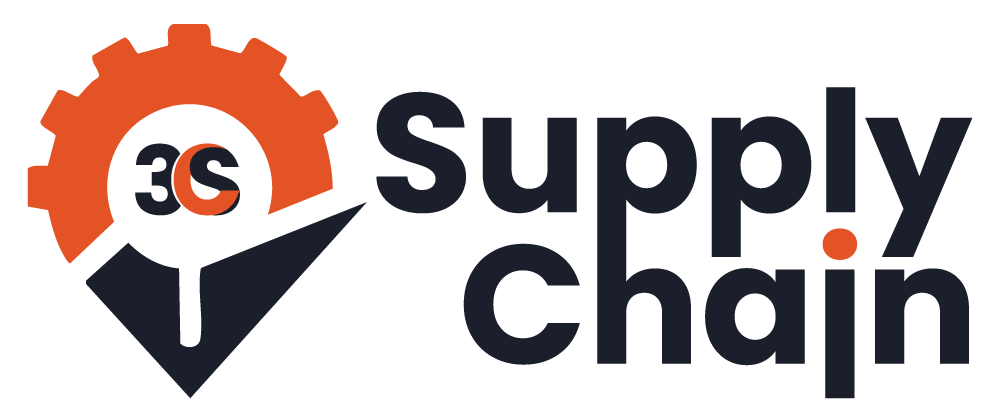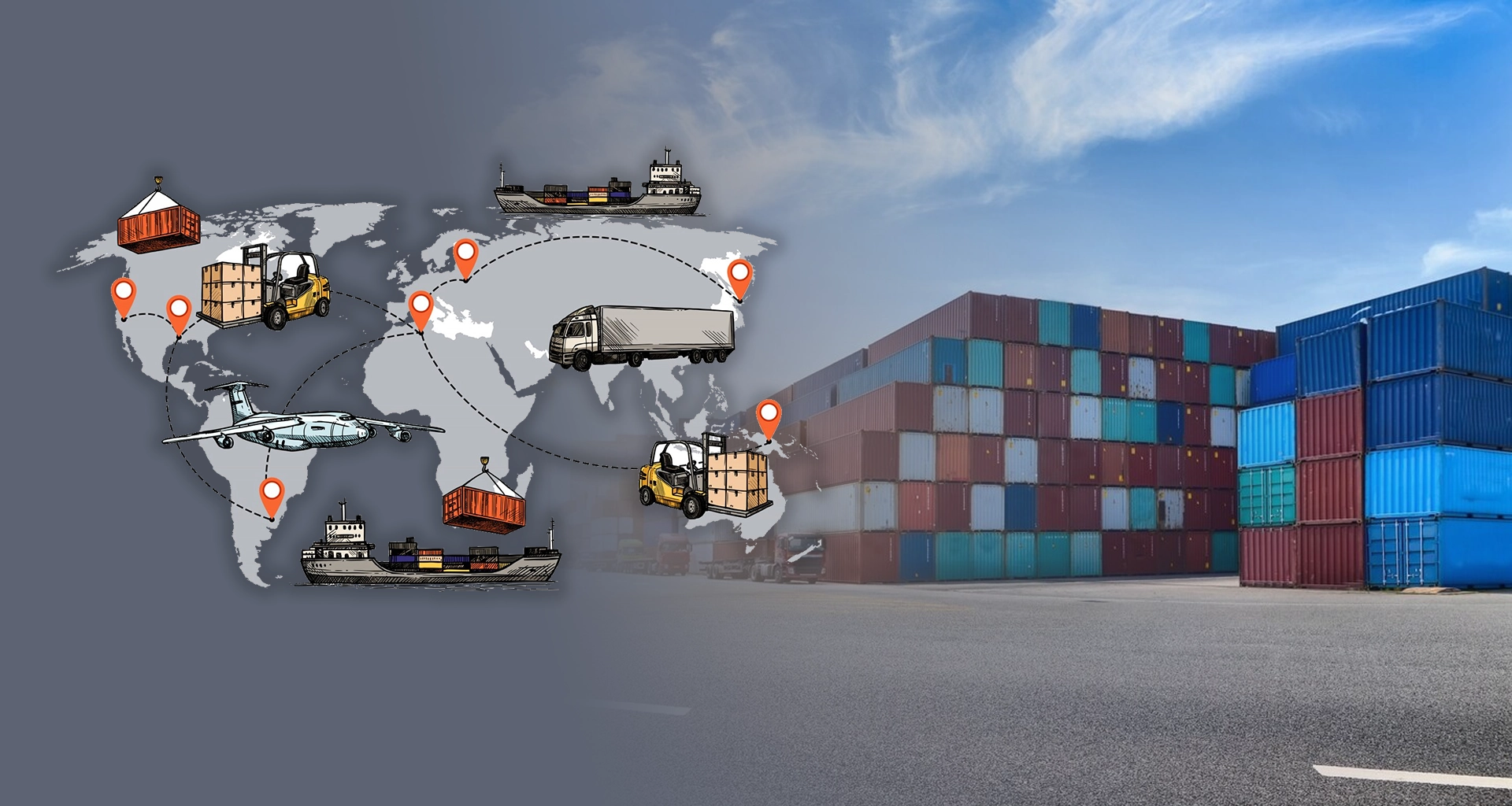Picture an operation where every team moves independently—purchasing reacts late, logistics scrambles, and production waits. Coordination breaks down, not from lack of effort, but from lack of alignment. Across industries, this kind of disconnect still plays out daily, turning what should be a streamlined process into a chain of costly delays. In recent conversations, many have pointed to one solution: greater synchronization across the entire network. This blog explores how supply chain orchestration brings that alignment—helping businesses replace fragmented steps with fluid, responsive systems.
Table of Contents
What does supply chain orchestration mean?
Supply chain orchestration refers to the coordinated alignment of every process, resource, and stakeholder involved in the end-to-end supply network. It ensures that sourcing, production, inventory, logistics, and delivery operate as one connected system—rather than isolated functions.
An orchestrated supply chain allows teams to anticipate changes, share information in real time, and act quickly to maintain flow. Instead of reacting to disruptions, businesses can stay ahead by ensuring every part of the chain moves with a common rhythm.
This approach isn’t just about visibility—it’s about control. It enables timely decisions, balanced planning, and fewer breakdowns between departments or external partners. When done well, supply chain orchestration reduces complexity and supports consistency, no matter the size of the business or the industry it serves.
Why is supply chain orchestration important in today’s environment?
Supply chain orchestration brings structure to complexity. Instead of disconnected processes moving in isolation, orchestration creates alignment—from sourcing to fulfillment. When each function works with shared visibility and timing, delays shrink and outcomes improve. In fast-moving environments, fragmented operations can’t keep pace with shifting demand, rising costs, or supply disruptions. Orchestration acts as a unifying layer that connects data, teams, and workflows—turning scattered actions into a coordinated system. As business environments become more volatile, this synchronized approach helps companies remain agile, efficient, and resilient.
How do fragmented systems transform into an orchestrated supply chain?
- Break Down Functional Silos
Disconnected teams often create planning gaps. Supply chain orchestration brings departments together, ensuring information flows freely across sourcing, production, and delivery. - Unify Operational Goals
When every function shares aligned targets, delays and duplication reduce. An orchestrated supply chain ensures that priorities match across all touchpoints. - Streamline Internal Communication
Real-time communication across teams replaces scattered updates. This clarity supports faster response and coordinated execution. - Align Resources Across Channels
Synchronizing inventory, labor, and logistics allows businesses to scale demand without overextending capacity or missing key timelines. - Strengthen End-to-End Visibility
A clear view across systems and partners helps identify bottlenecks early. Orchestration ensures smoother transitions from planning to fulfillment. - Enhance Agility Under Pressure
Coordinated networks are better equipped to adjust on short notice. Whether it’s a supply disruption or sudden demand spike, flexibility becomes easier to achieve.
How does supply chain orchestration function behind the scenes?
- Connect Every Function Seamlessly
An orchestrated supply chain links procurement, production, inventory, and logistics into one synchronized flow. Each unit works with shared visibility, not in isolation. - Establish Communication Loops
Orchestration creates structured feedback between teams and systems. Suppliers, planners, and delivery partners stay informed without lag or overlap. - Coordinate Timing Across Activities
From inbound materials to final-mile delivery, timing matters. Supply chain orchestration aligns schedules to reduce idle time, bottlenecks, and last-minute firefighting. - Enable Role-Specific Control Without Isolation
Each team manages its part but with awareness of the bigger picture. This coordination ensures that individual actions contribute to the overall efficiency. - Simplify Execution with Integrated Tools
Whether manual or tech-enabled, orchestration uses centralized planning and unified dashboards to keep workflows predictable and clear. - Create One Flow from Many Moving Parts
It’s not about doing everything faster it’s about doing it in sync. Supply chain orchestration turns scattered efforts into one continuous rhythm.
What are the challenges when supply chain orchestration is missing?
- Disconnected Teams Struggle to Align
When departments operate in silos, demand planning rarely matches inventory levels or delivery schedules—leading to delays and inefficiencies. - Shipment Timing Becomes Unreliable
Without coordination across logistics and supply, even well-packed orders can arrive late due to missed updates or scheduling conflicts. - Stock Levels Swing Between Excess and Shortage
Lack of real-time visibility across functions often causes overstock in one area while creating critical gaps in another. - Communication Breakdowns Disrupt Flow
When there’s no shared view or process, messages get lost, updates are missed, and routine tasks take longer than they should. - Reactive Spending Replaces Strategic Planning
Unexpected changes in demand or supply often force last-minute spending on express shipping, temporary labor, or extra storage. - Customer Experience Suffers
Late deliveries, missing products, and service inconsistencies hurt trust and reduce retention issues that trace back to disjointed operations.
What are the key advantages of supply chain orchestration?
- Streamlined Coordination
A well-orchestrated supply chain ensures that sourcing, inventory, and logistics teams work in sync—minimizing delays and missed handovers. - Faster Adaptability
When operations are aligned, businesses can respond quickly to shifts in demand or supply without disrupting the flow. - Increased Resilience
Connected systems and workflows make it easier to adjust plans during disruptions, helping maintain continuity without major losses. - Improved Customer Experience
When everything runs on time—from procurement to delivery—it directly improves service quality and customer satisfaction. - Lower Operational Costs
Orchestration eliminates duplicated efforts, reduces waste, and helps optimize transport, warehousing, and order management. - Data-Driven Decisions
A unified platform provides visibility across functions, enabling teams to make informed, real-time decisions rather than reactive ones.
How does technology enable supply chain orchestration?
- Automation Streamlines Operations
Tasks like sorting, routing, and updates are handled faster and with fewer errors, freeing teams to focus on planning and execution. - Unified Dashboards Offer Real-Time Visibility
Centralized views of supply chain activity make it easier to identify delays, reassign resources, and stay proactive. - APIs Connect Disparate Systems
When platforms talk to each other—from sales to inventory—transitions between stages become seamless. - Instant Updates Improve Decision-Making
Live information from suppliers, logistics teams, and internal functions reduces guesswork and last-minute disruptions. - Smart Tracking Enables Better Flow
End-to-end monitoring helps keep shipments aligned with schedules, preventing hold-ups and improving coordination. - Integrated Tools Drive Collaboration
When digital tools work together, departments stay aligned—building a more orchestrated supply chain environment.
What are the core features of a supply chain orchestration platform?
- End-to-End Visibility
Gain a clear view of every stage—from procurement to delivery—to identify disruptions before they grow. - Seamless Coordination
Unify operations across departments and partners to reduce friction and maintain flow. - Flexible Adjustments
Respond to sudden demand shifts or supply issues by rebalancing plans in real time. - Real-Time Decision Support
Use live operational data to make quick, informed decisions without delays. - Efficient Resource Management
Allocate inventory, labor, and transportation effectively to reduce waste and cost. - Collaborative Execution
Enable teams and systems to work together across locations, channels, and timelines.
What are the signs of an effectively orchestrated supply chain?
- Timely Fulfillment
A produce vendor aligned pickups with market demand, keeping stalls stocked and customers happy. - Coordinated Sourcing
A garment workshop synced fabric deliveries with tailoring shifts, reducing delays and last-minute rework. - Demand Matching
A bakery adjusted ingredient orders based on forecasted holiday demand, avoiding waste and shortages. - Smarter Distribution
A seafood supplier aligned catch timing with inland deliveries, maintaining freshness and supply flow. - Event Readiness
A handmade goods stall linked stock preparation with peak sales windows, ensuring full availability during busy hours.
Is supply chain orchestration becoming the new industry standard?
As supply chains grow more complex, the need for clear coordination becomes harder to ignore. The shift from reactive planning to synchronized action is no longer optional—it’s becoming expected.
More businesses are moving toward an orchestrated supply chain, where processes, systems, and people align under a shared framework. It’s not just about avoiding delays; it’s about building resilience in everyday operations.
Supply chain orchestration brings structure to moving parts, helping companies adapt quickly without losing control. It’s a shift toward stability, even when markets stay unpredictable.
While the path isn’t the same for everyone, the direction is clear: orchestration isn’t just a feature it’s becoming the foundation of how supply chains work moving forward.
Conclusion
Supply chain orchestration isn’t just about control it’s about clarity. In an environment shaped by shifting demand, limited resources, and rising complexity, it offers a way to bring structure without losing agility.
An orchestrated supply chain keeps operations aligned, reduces waste, and improves visibility across every link. It’s not about doing more it’s about doing what matters, in sync and on time.
As supply chains continue to evolve, this approach may quietly become the standard behind steady, responsive businesses. The question now is: how ready is your supply chain to move in rhythm with what’s next?

